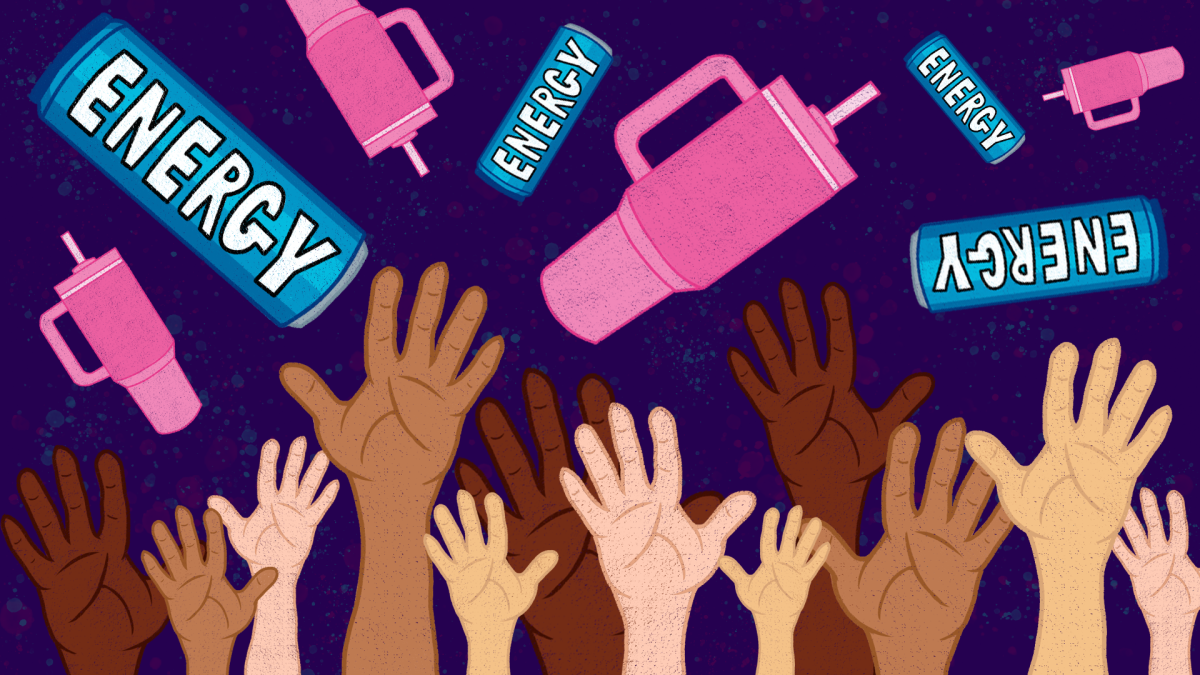Utah, renowned since the 1960s for “The Greatest Snow on Earth,” confronts a climate warming crisis. Rising temperatures threaten its ski industries and winter tourism. The acceleration of climate change is reducing snowpack in Utah, which has a crucial economic impact.
We must improve awareness of climate change and individual environmental impact to preserve Utah’s tourism and recreation industries.
Fading Snowpack
Since the early 20th century, Utah’s average temperature has risen by more than 2.5 degrees Fahrenheit. Additionally, Utah’s temperatures have doubled the global average increase over the past 50 years.
Since the 1950s, the reduction of snowpacks in Utah has been an issue. Each year, more precipitation falls as rain rather than snow, ultimately reducing snowpack. When rain falls instead of snow, the unseasonal volume of water can cause flooding. And without the slow, long-term release of water from gradually melting snow, plants and animals find themselves parched in the spring and summer months.
By 2050, total seasonal snow water volume in the Western areas could decrease by 24%. This is especially impactful in Utah, as one of the snowiest places in the world.
Mckenzie Skiles, an associate professor in the geography department at the University of Utah who conducted research on snowpack reduction in Utah, said the drying of the Great Salt Lake causes earlier snowmelt.
“The dry lakebed area produces dust,” Skiles said. “The dust is really close to the Wasatch Mountains in particular, and when the dust blows up onto the mountain snowpack, it absorbs more sunlight and causes snow to melt faster.”
Ski Industry Under Threat
Mountain Research and Development expects that by the end of the century, winter minimum daily temperatures near Utah resorts could rise by several degrees Celsius, leading to later opening dates — and shorter ski seasons. With most resorts reporting a need for at least 100 days of skiing to remain profitable, the expected decrease of 30 natural ski days per year could be devastating.
Ed Jun, a computer science student at the U with 11 years of skiing experience in Utah, said changes are already apparent.
“Normally in December, we’d have plenty of snow and it’d be cold enough for layers, but last time I went skiing, it was surprisingly hot and rained in the mountains,” Jun said.
An over-reliance on artificial snow is another problem with declining snowpack in Utah. Park City Mountain already relies heavily on snowmaking. However, quality fake snow requires an intense amount of water and energy. This is especially challenging for Utah, which is struggling with unprecedented drought.
“Natural snow makes a big difference when skiing compared to artificial snow,” said Emily Worman, an avid skier studying civil engineering at the U. “I’m worried that the quality of snow will decline as the climate gets warmer.”
Although making artificial snow can extend ski days in the short term, consistent temperature constraints and costs render it unsustainable.
Pathways to Sustainable Solutions
The main problem is the public’s low awareness of the issue. According to a 2024 release from the Yale Program on Climate Change Communication, 68% of people in Utah believe that global warming is happening — below the national average of 72%. Only 35% of Utahns indicated they discuss global warming “at least occasionally.”
In Utah, the ski industry supports 20,000 jobs and contributes $1.2 billion to the state economy annually. Reduction in snowpack directly affects skiing, and the ski industry significantly affects the state as a whole. The Yale Program survey highlights the need for greater awareness among Utah residents about the effects of climate change and its huge economic impact on the Utah community.
Maintaining sustainable actions is required to prevent further disaster. Resorts in Utah, such as Park City, Snowbird and Alta have been publishing their sustainability plans to combat climate warming and to preserve the ski industry. The plans include tree planting, waste reduction and incentives for green transportation.
Kayli Naylor, a ski instructor at Solitude Mountain Resort studying business at the U, has seen these plans in action.
“Ski resorts have been advocating for greater environmental friendliness and skiers and snowboarders have been holding each other accountable for not littering and for carpooling to reach the resorts,” Naylor said.
Worman also emphasized the need to limit the amount of traffic in the canyons.
“I believe that implementing trams or gondolas going up the canyons could reduce carbon emissions in Utah,” she said. “Better public transportation is needed in Utah, where so many people use cars.”
Carbon emissions, which trap heat in the atmosphere, are one of the greatest causes of climate change.
Utah, known for having the best quality of pro-athlete-approved snow, will lose its claim to fame if we don’t act soon. Skiing and winter tourism have a rich history in Utah. We must be responsible for preserving this long history with our actions. We must be aware that climate change is gradually occurring and affecting economic impacts on the ski industry, which might disappear in five to ten years.
The ski industry is one of the greatest prides of Utah. Snow is one of the best presents we have been given on this land. Saving “The Greatest Snow on Earth” means preserving the greatest identity of Utah.



















